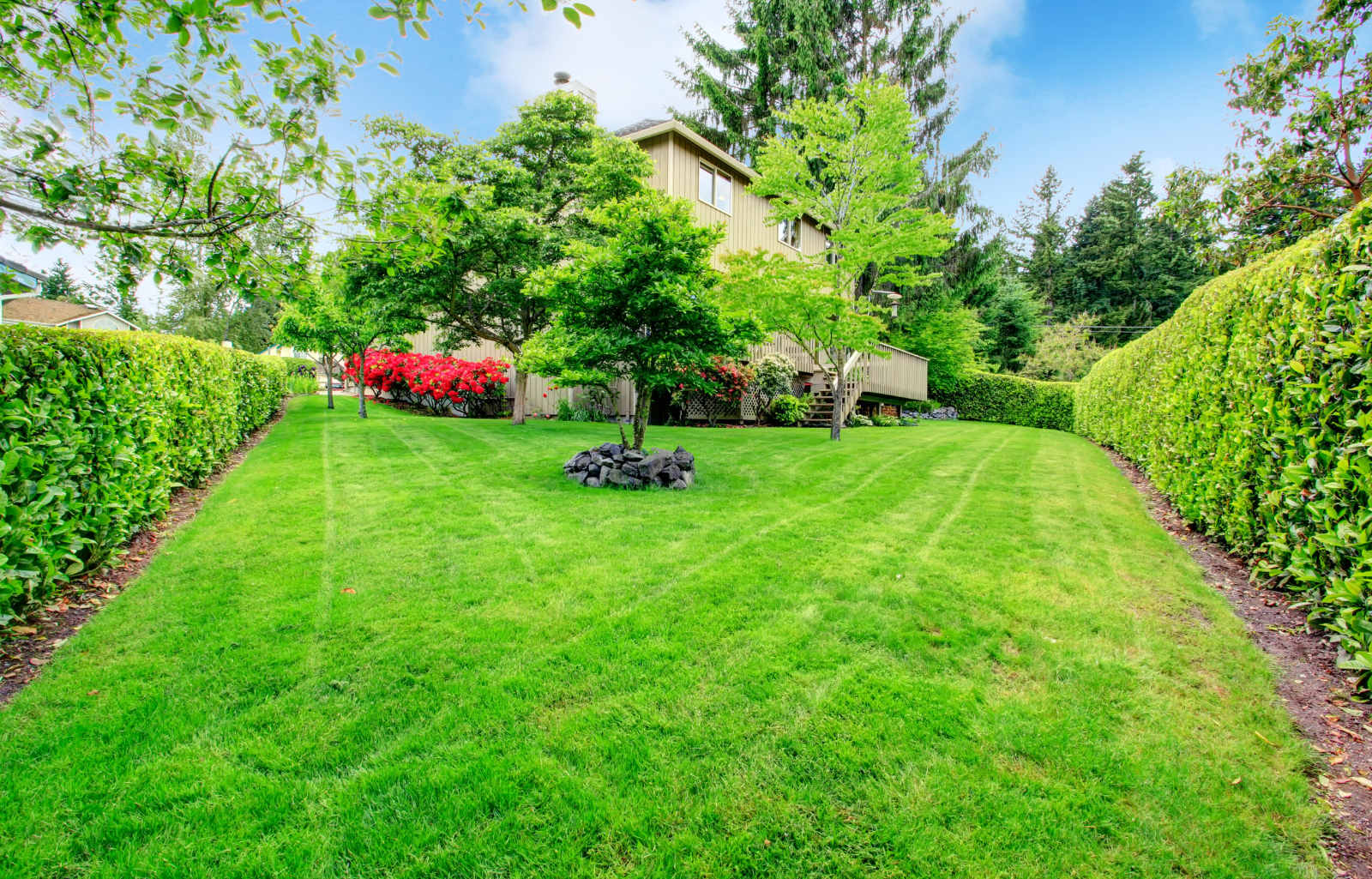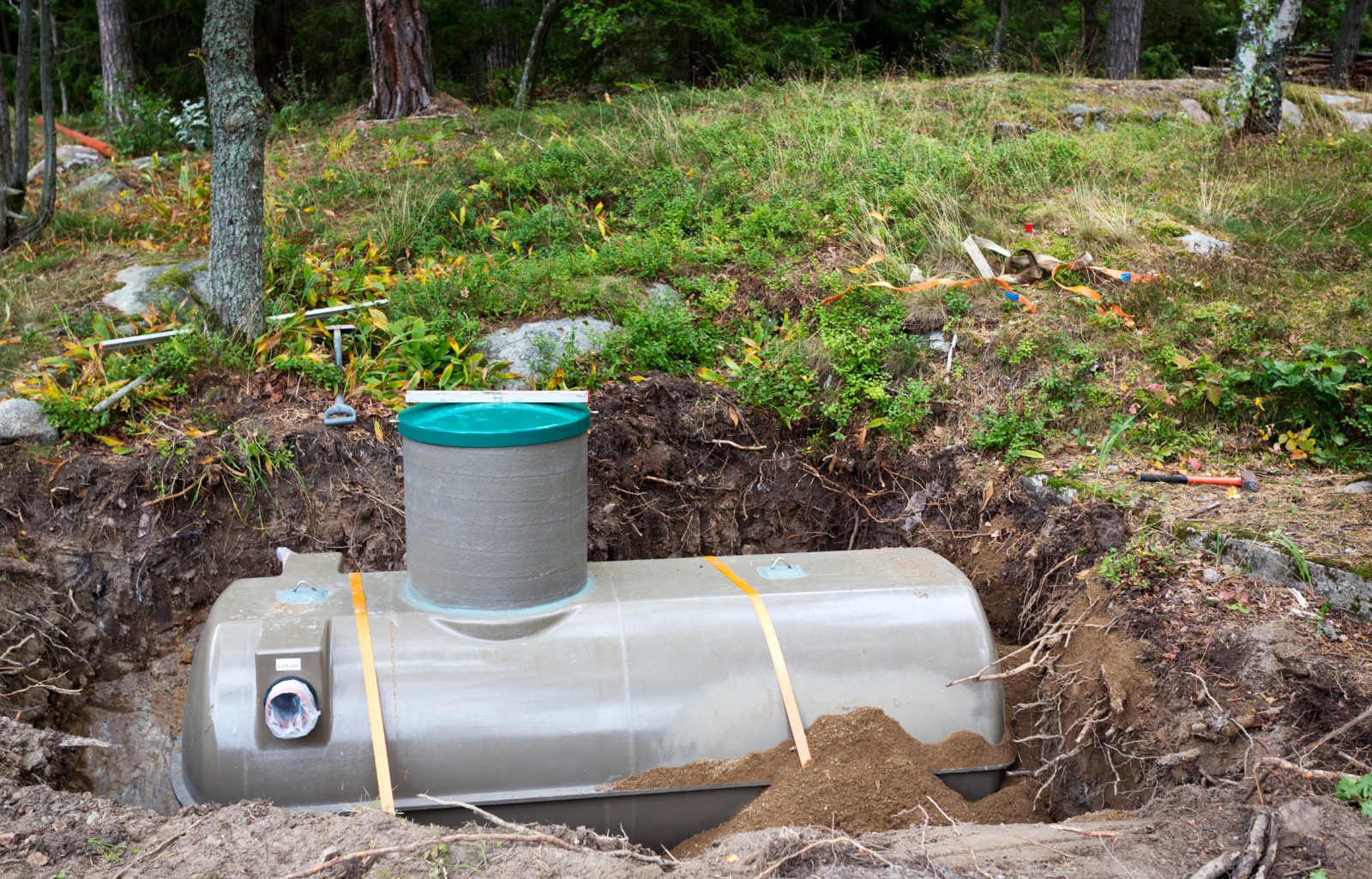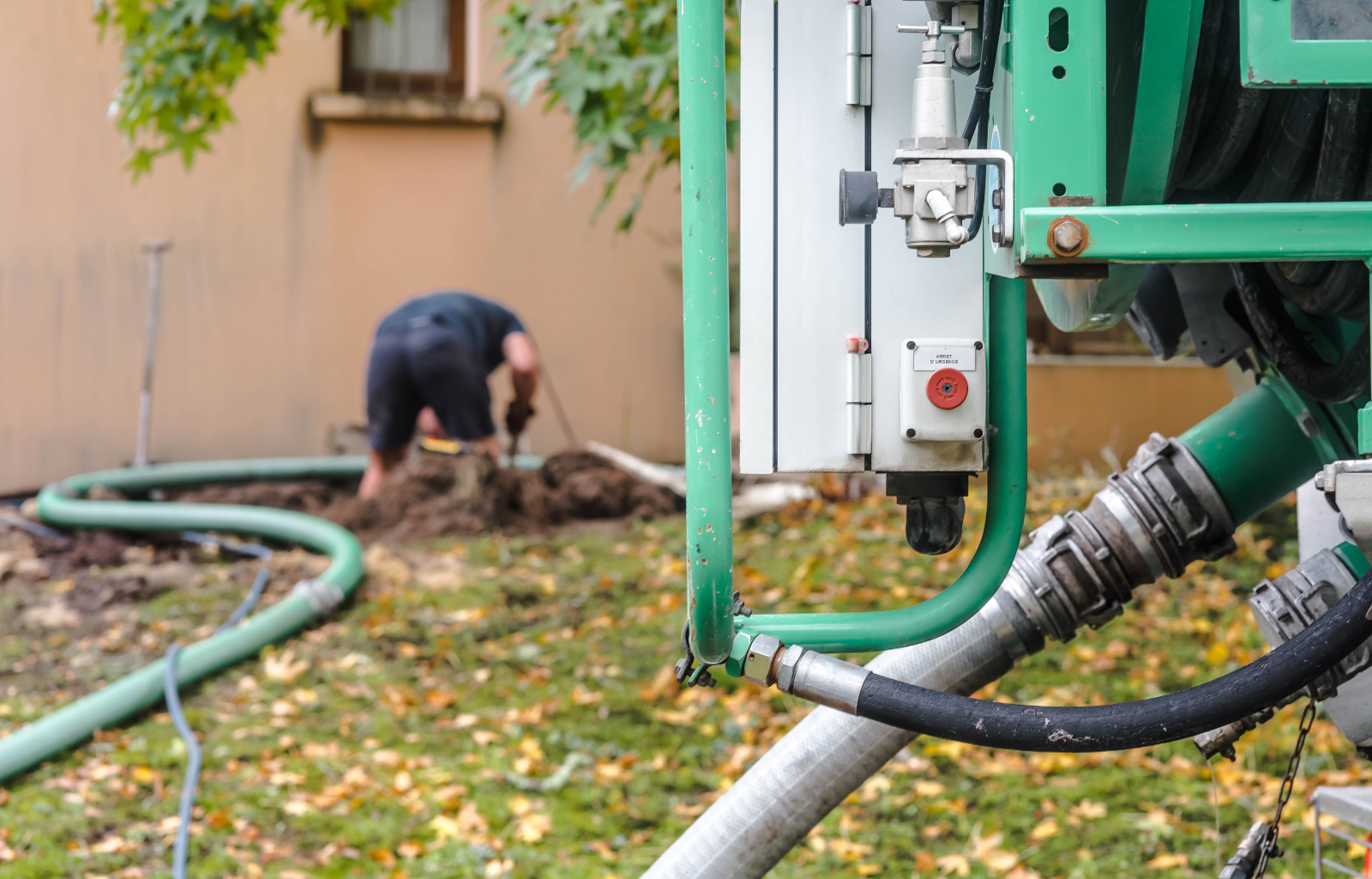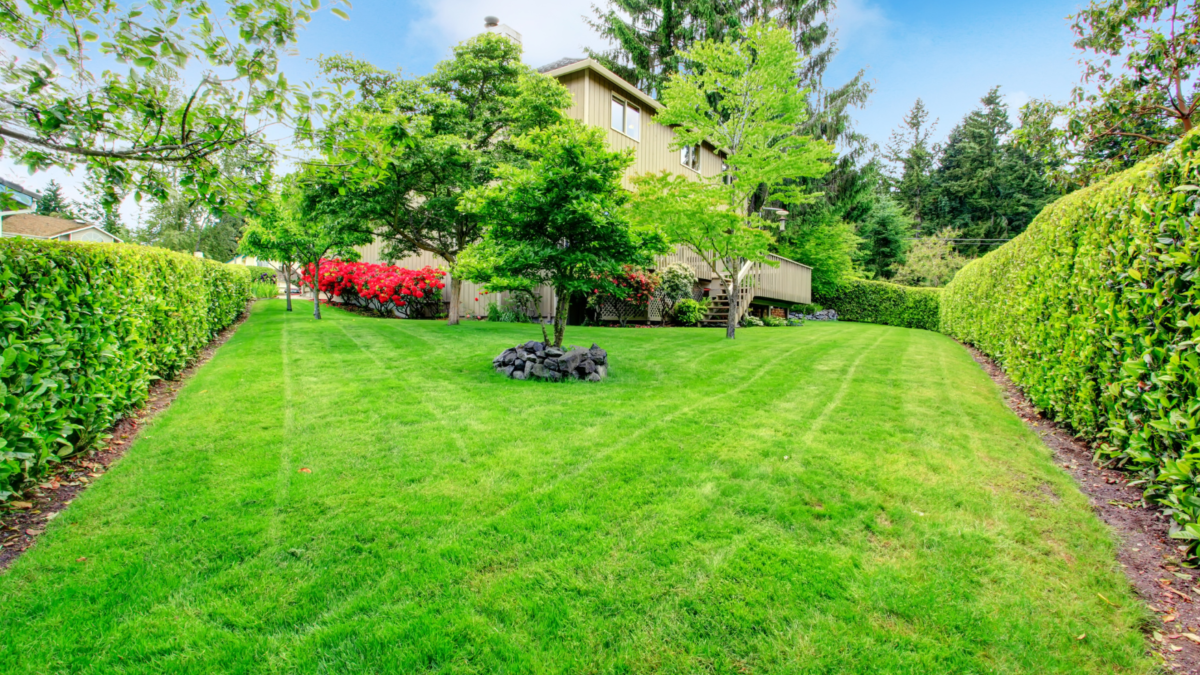When it comes to your septic tank, there is no room for compromise. While a new tree or shed may look great in the backyard and provide much-needed shade or a place for a family fun time, if it’s built over your septic tank—it can easily become an unexpected disaster. Not only is this a huge environmental hazard that can destroy your property, but also put both your loved ones and other nearby residents at risk of health issues brought about by polluted water supplies. In this blog post, we outline the reasons why planting trees or building structures too close to your septic tank is never recommended — even if they seem attractive now and check how septic tank cleaners can help you once you have some septic issues.

What Could Possibly Go Wrong?
The common practice of planting trees or building structures over septic tanks can have several negative consequences. Septic tanks are underground systems designed to treat and dispose of wastewater from homes and other buildings. They work by separating solids from liquids and then allowing bacteria to break down the remaining organic matter. The liquid is then released into the soil, where it is absorbed and treated further by the surrounding environment.
Planting trees or building structures over septic tanks can interfere with the proper functioning of the system. Tree roots can penetrate the septic tank and its pipes, causing damage and potentially leading to costly repairs. Additionally, the weight of a building or structure can compress the soil above the septic tank, causing it to collapse and damage the tank or its pipes. This can lead to leaks, blockages, and contamination of the surrounding soil and groundwater.
Furthermore, building structures or planting trees over septic tanks can also create access issues for maintenance and repairs. Regular maintenance and pumping of the septic tank are necessary to prevent buildup of solids and ensure proper functioning. If there is no access to the tank, or if access is difficult, maintenance can be delayed or neglected, leading to further problems.
The Problem With Tree Roots
Tree roots are a common cause of septic tank damage and failure. As trees grow, their roots can extend outwards and downwards, seeking moisture and nutrients. In some cases, these roots can infiltrate and damage septic tanks, leading to costly repairs or even complete system failure.
The damage caused by tree roots to septic tanks can take various forms. For example, roots can enter the tank itself, causing blockages and preventing proper drainage. They can also damage the pipes leading to and from the tank, causing leaks and reducing the system’s effectiveness.
Some tree species are particularly problematic when it comes to septic tank damage. These include:
- Willows – Willows have a particularly aggressive root system and are often planted near water sources, such as septic systems. Their roots can easily infiltrate septic tanks, causing significant damage.
- Maples – Maple trees have a large and spreading root system that can cause problems for septic tanks. Their roots can quickly infiltrate pipes and drain fields, causing blockages and backups.
- Poplars – Poplar trees are known for their fast growth and deep root systems. Their roots can quickly infiltrate septic tanks and pipes, causing significant damage.
- Birch – Birch trees have a shallow root system that can easily infiltrate septic tanks and drain fields. Their roots can also cause blockages and backups in pipes.
- Oak – Oak trees have a deep and extensive root system that can infiltrate septic tanks and pipes. Their roots can cause blockages and backups, reducing the system’s effectiveness.
To prevent tree roots from damaging septic tanks, it is important to plant trees a safe distance away from the system. Additionally, regular maintenance and inspections can help identify and address any potential root infiltration before it causes significant damage.

The Risks of Building Over Septic Systems
Building structures such as decks, sheds, or driveways over septic tanks can cause serious damage in several ways. First, the weight of the structure can cause the tank or the distribution box to collapse or crack. This can lead to leaks or backups in the system, which can cause damage to the surrounding soil and groundwater. Secondly, structures built over septic systems can impede access for maintenance and pumping. Regular maintenance and pumping are essential for keeping the system functioning properly and preventing malfunctions.
A malfunctioning septic system can pose significant health hazards to people and the environment. When a septic system is not functioning correctly, wastewater can back up into the house or yard, leading to unpleasant odours and unsanitary conditions. This wastewater contains harmful bacteria, viruses, and parasites that can cause a variety of health problems, including gastrointestinal illnesses, skin infections, and respiratory infections.
In addition to the health hazards associated with malfunctioning septic systems, they can also cause environmental damage. If the wastewater from a septic system is not properly treated, it can contaminate nearby water sources, such as rivers, lakes, and groundwater. This can lead to the spread of waterborne diseases and other health problems, as well as damage to aquatic ecosystems.
Therefore, it is crucial to ensure that septic systems are properly maintained and that structures are not built over them to prevent potential damage and health hazards. Homeowners should regularly have their septic systems inspected and pumped by a qualified professional and avoid building structures over the system.
The Importance of Proper Septic System Maintenance
Regular inspections, pumping, and maintenance are crucial for the proper functioning of a septic system. Neglecting these maintenance tasks can lead to significant problems, including tree root intrusion and building damage.
Septic systems are designed to treat and dispose of household wastewater. Over time, the septic tank can become filled with solids and sludge, which can clog the system and cause it to fail. Regular pumping removes these solids and sludge, preventing blockages and ensuring the proper functioning of the system.
In addition to pumping, regular inspections and maintenance are also important. Inspections can identify potential problems before they become serious, such as leaks, cracks, or other damage. Maintenance tasks such as cleaning filters and checking the distribution box can help keep the system in good condition.
Neglecting maintenance can lead to tree root intrusion, which is a common problem for septic systems. Trees seek out sources of water and nutrients, and they can grow into the septic system through cracks or other damage. Once inside, the roots can cause blockages and damage to the pipes, leading to backups and system failure.
Building damage is another risk of neglecting septic system maintenance. If the system fails, wastewater can back up into the home, causing damage to floors, walls, and other structures. In addition, untreated sewage can contaminate the soil and groundwater, posing a health risk to humans and animals.
In conclusion, regular inspections, pumping, and maintenance are essential to keep a septic system functioning properly. Neglecting maintenance can lead to serious problems, including tree root intrusion and building damage. By taking care of your septic system, you can avoid these issues and ensure the safe and efficient treatment of household wastewater.
Alternative Landscaping And Building Options
Alternative landscaping practices that can enhance the beauty of a property without compromising the septic system include:
- Planting grass: Grass is a great option for landscaping around a septic system because it has shallow roots and helps prevent erosion.
- Using shrubs: Shrubbery can be a great way to add some greenery to your yard without compromising the septic system. Look for shrubs that have shallow roots, such as boxwood, for best results.
- Ground covers: Ground covers, such as creeping thyme or vinca, are great options for adding colour and texture to your yard while also protecting your septic system.
When building structures near or on top of a septic system, it is important to take safety precautions to prevent damage to the system. Here are some tips for safely building structures near or on top of a septic system:
- Use elevated platforms: If you need to build a structure over your septic system, consider using an elevated platform. This will keep the weight of the structure off the septic system and prevent damage.
- Use removable sections: If you need to access your septic system for maintenance or repairs, consider using removable sections in your structure. This will allow you to easily access the septic system without damaging the structure.
- Follow local regulations: Always check with your local government to ensure that you are following all regulations when building near or on top of a septic system. There may be specific requirements you need to meet to ensure that your structure is safe and legal.

We should all be thankful that there are now services out there to help with the maintenance and repair of septic tanks. Without these, serious complications could arise if we weren’t aware of the fact that planting trees or building over our tanks was a grave mistake. Unfortunately, many people have encountered this disaster firsthand, only realising it too late. It’s for this reason that we must stay educated about proper septic tank care and ensure that none of our landscaping work goes above its surface level.
Here at Ward Septics, their team of experts can help you with your issues quickly and effectively – so don’t hesitate to give them a call today! Let them help prevent the potential catastrophe of planting trees or constructing structures on top of a septic tank by providing you with trusted and timely maintenance services today!


